Optimal Timing for Solar Water Heater Replacement
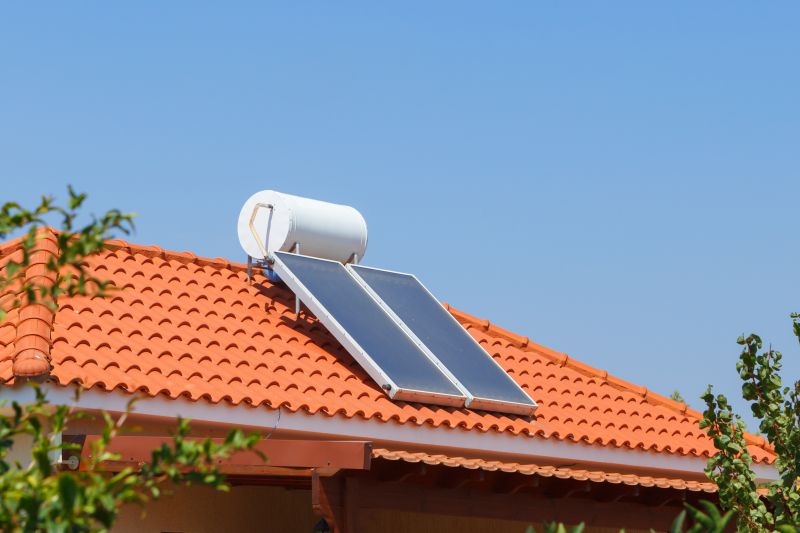
Summer offers optimal weather conditions for replacements, with longer daylight hours and warmer temperatures facilitating installation and testing.
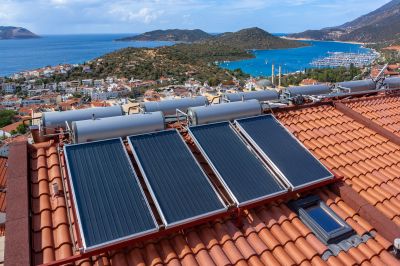
Fall provides moderate weather, reducing the risk of weather-related delays and allowing for efficient system upgrades before colder months.
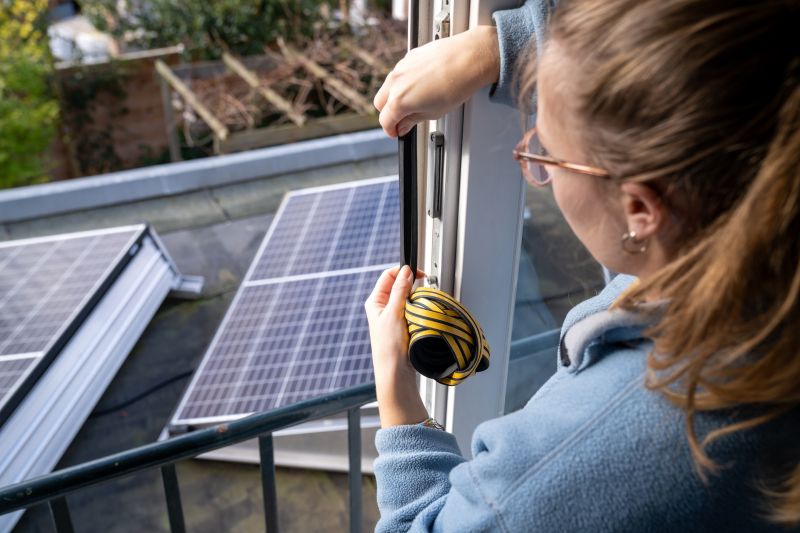
Spring is suitable for replacements, as warmer weather and increased sunlight improve system performance and allow for proper testing.

Ways to make Solar Water Heater Replacements work in tight or awkward layouts.

Popular materials for Solar Water Heater Replacements and why they hold up over time.

Simple add-ons that improve Solar Water Heater Replacements without blowing the budget.
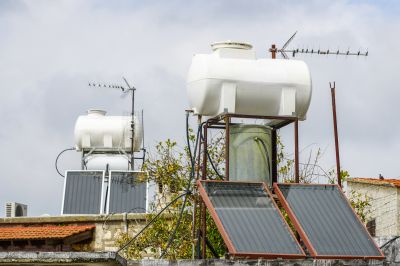
High-end options that actually feel worth it for Solar Water Heater Replacements.
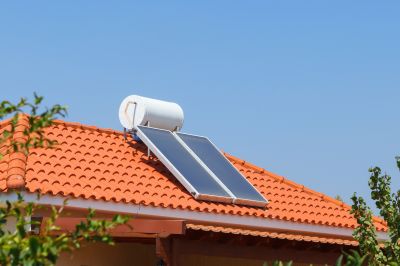
Finishes and colors that play nicely with Solar Water Heater Replacements.
Solar water heater replacements are typically performed when existing systems become inefficient or reach the end of their operational lifespan. The average lifespan of a solar water heater ranges from 10 to 15 years, depending on maintenance and usage. Upgrading at the right time ensures optimal energy savings and system performance. Seasonal considerations can impact the replacement process; milder weather conditions reduce installation challenges and allow for thorough testing before peak usage periods.
Age of the system, decreasing efficiency, and increased repair costs are common indicators for replacement. Seasonal weather patterns also influence scheduling.
Replacing systems during spring or fall can minimize disruptions and take advantage of favorable weather conditions for installation.
Replacing an aging system before peak energy price increases can lead to significant savings over time.
Regular inspections can identify the optimal timing for replacement, often aligning with routine maintenance schedules.

Upgrading old systems enhances efficiency and reduces energy costs.
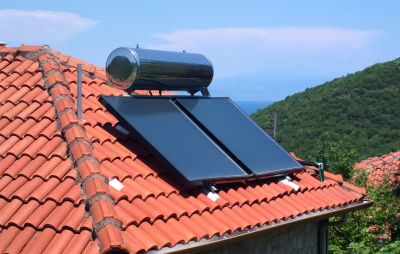
Newer models offer improved performance and durability.
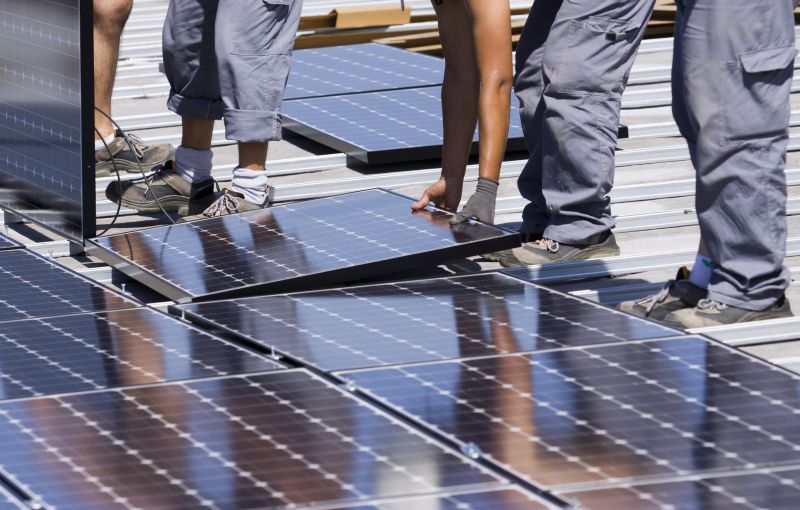
Proper timing ensures smooth installation and testing.

Weather conditions influence scheduling and success of replacements.
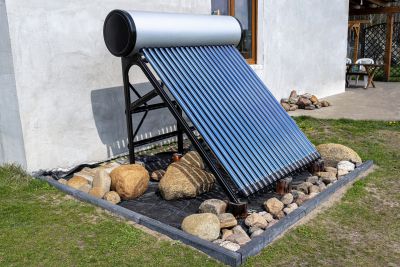
Upgraded systems typically provide higher energy efficiency.
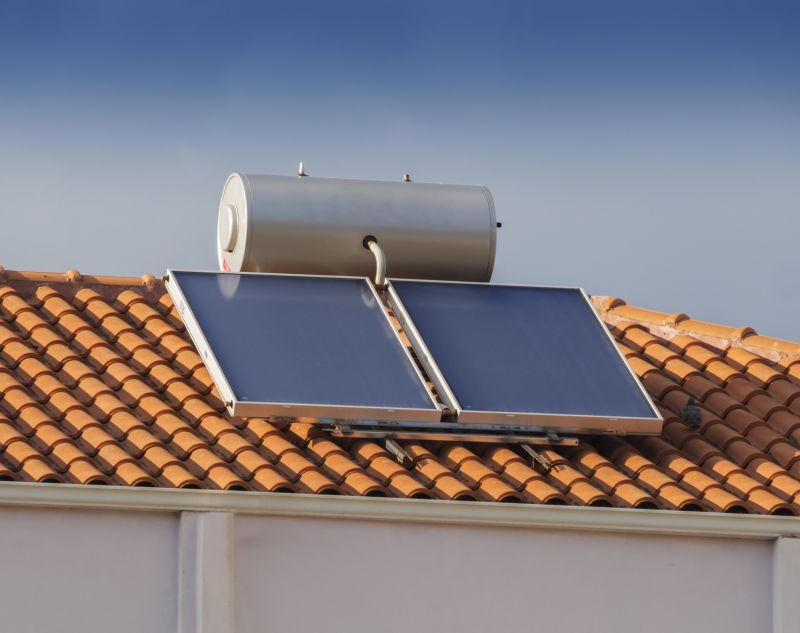
Timely replacements extend system lifespan.

Evaluating costs against savings guides optimal timing.

Align replacements with routine inspections.
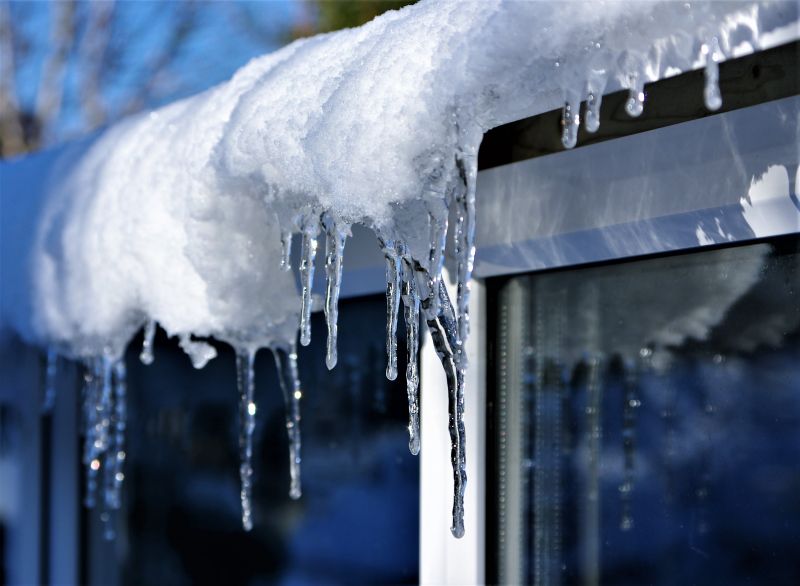
Weather patterns affect installation scheduling.
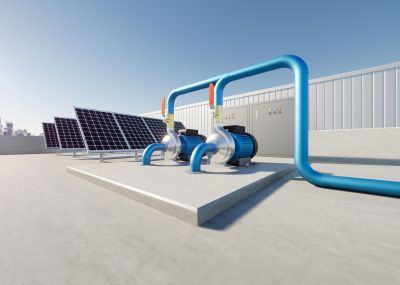
Replacing before high-demand seasons ensures readiness.

Climate influences the best timing for replacements.
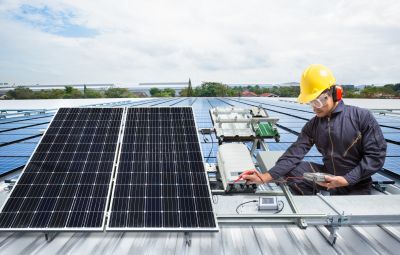
Planning replacements around system upgrades maximizes benefits.
| Season | Advantages |
|---|---|
| Spring | Warmer weather, increased sunlight, and moderate temperatures facilitate installation. |
| Summer | Ideal weather conditions, longer daylight hours, and high temperatures for testing. |
| Fall | Mild weather reduces delays and prepares systems for winter. |
| Winter | Generally less suitable due to cold and unpredictable weather, but possible in mild climates. |
| Off-Peak Seasons | Spring and fall offer scheduling flexibility and efficient installation. |
Choosing the optimal time for solar water heater replacement depends on weather conditions, system age, and energy needs. Proper timing ensures minimal disruption, maximizes system performance, and extends operational lifespan. Seasonal considerations, such as milder temperatures and longer daylight hours, play a significant role in scheduling replacements effectively.
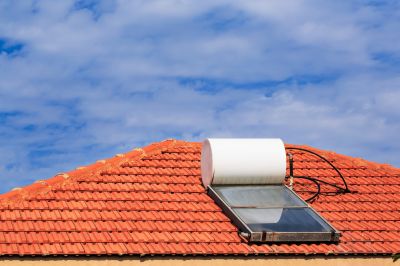
Upgrading during favorable seasons enhances installation efficiency.
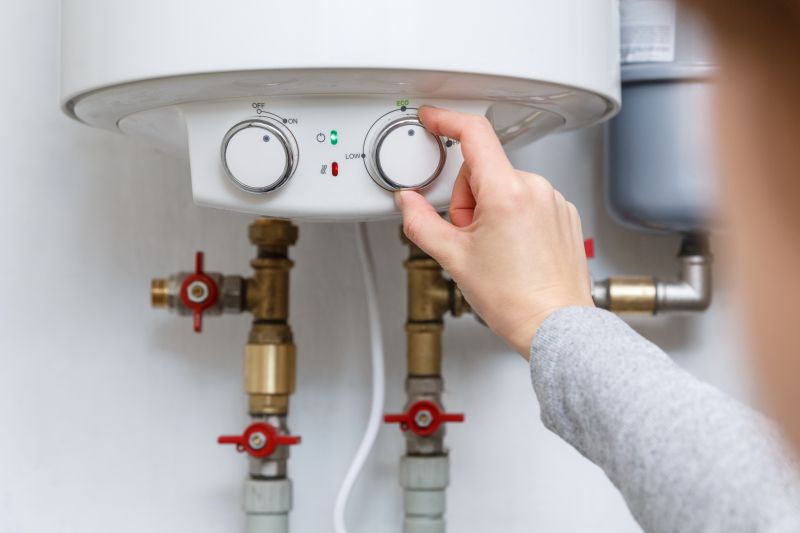
Proper timing ensures smooth system upgrades.

Testing in optimal weather guarantees system readiness.
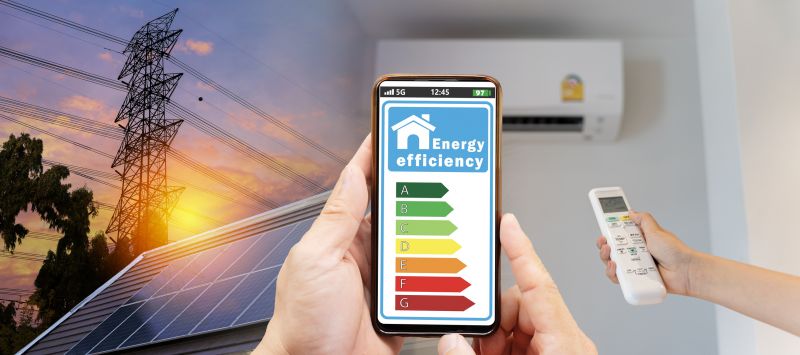
Timely upgrades lead to better energy savings.
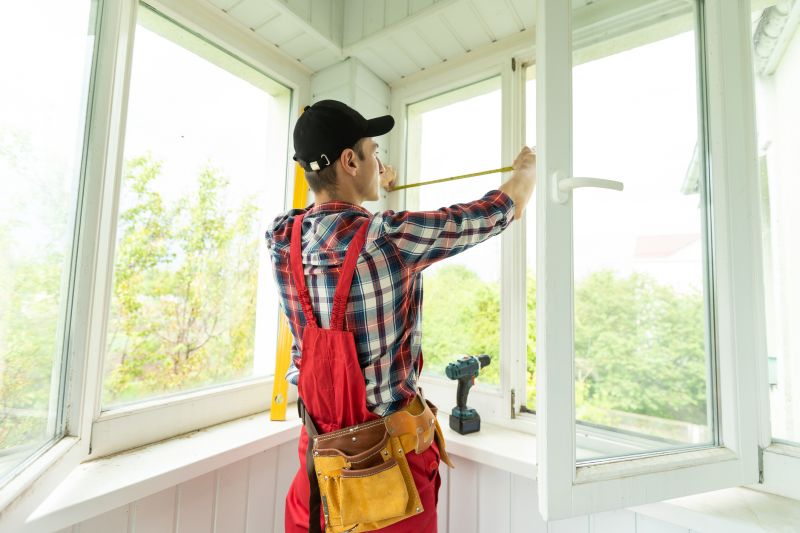
Little measurements that prevent headaches on Solar Water Heater Replacements day.
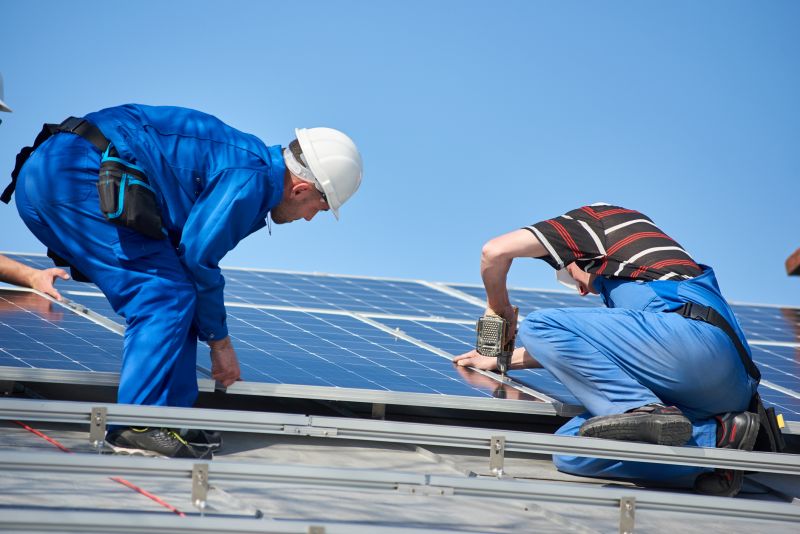
A 60-second routine that keeps Solar Water Heater Replacements looking new.
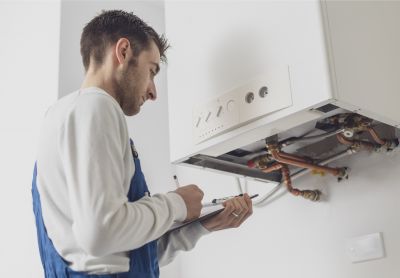
A frequent mistake in Solar Water Heater Replacements and how to dodge it.
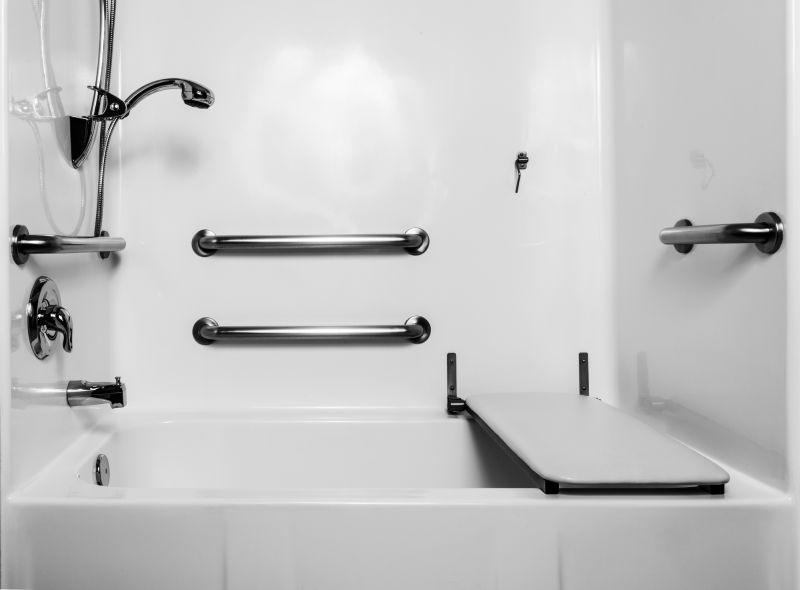
Small tweaks to make Solar Water Heater Replacements safer and easier to use.
Interested in upgrading a solar water heater system? Filling out the contact form can provide guidance on the best timing and options tailored to specific needs. Proper planning and scheduling can lead to improved efficiency and energy savings.
